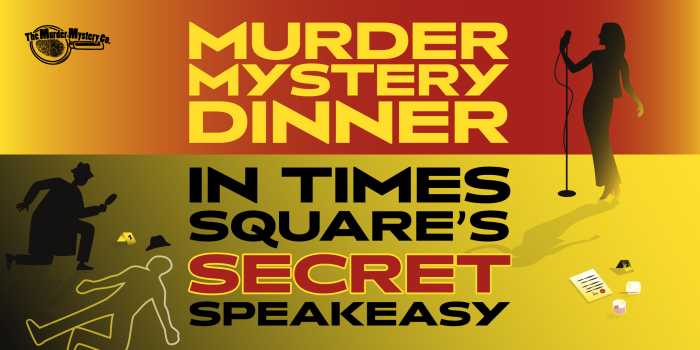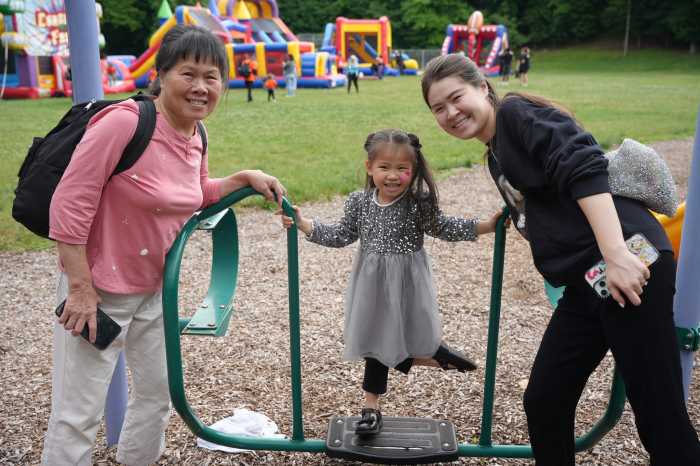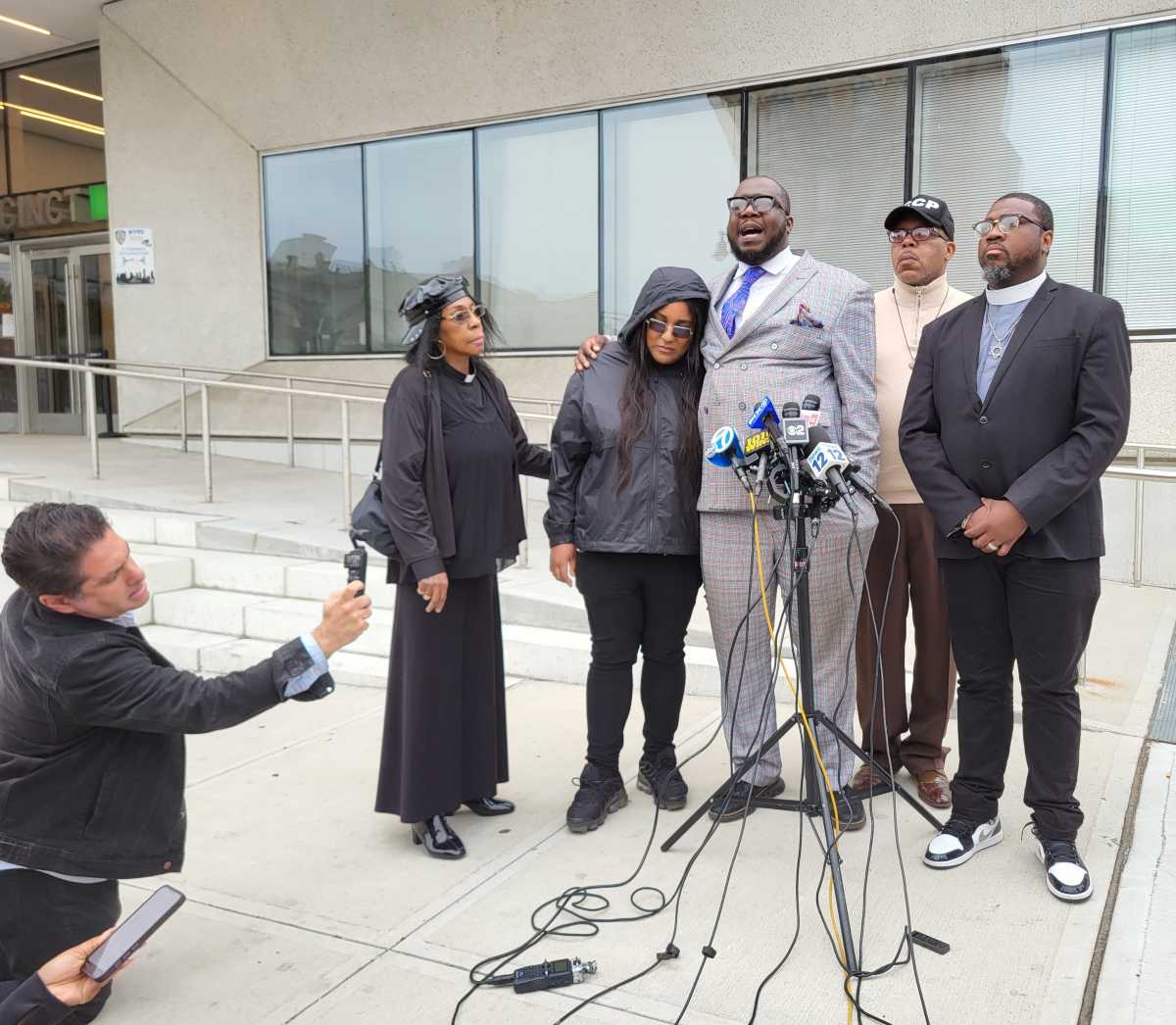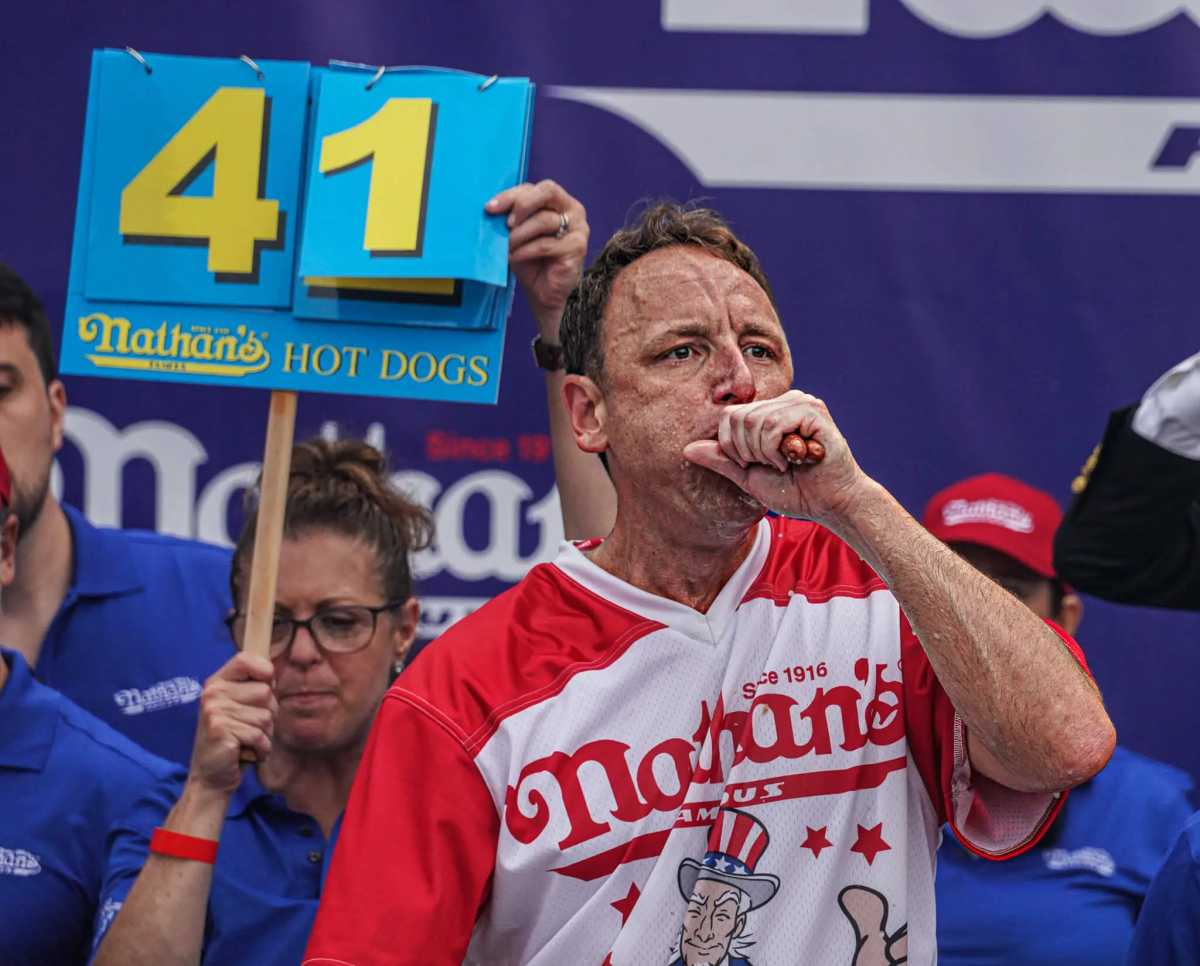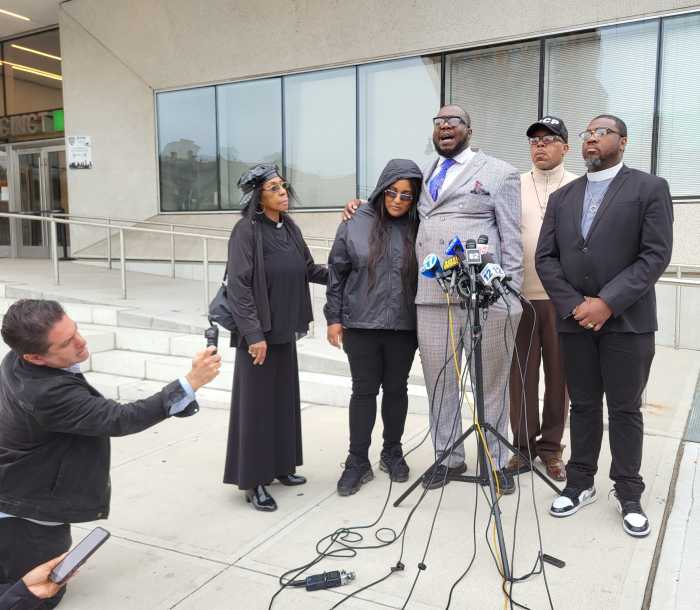
At approximately 9:30 p.m. Tuesday night, two police officers responded to a 911 call about a non-violent emotionally disturbed person in Brooklyn. They were let into the house by a woman, and the man, James Owens, “emerged” from a back room, took a 13-inch knife from the kitchen and advanced toward the officers.
According to the police account, one officer deployed a Taser to stop Owens, 63. The Taser failed to do so and, when confronted with the knife, the second officer shot and killed Owens.
Owens’ sister has disputed the official account, and an investigation is ongoing. His was yet another in a long line of often fraught interactions between the NYPD and “emotionally disturbed” New Yorkers — interactions where the optimal scenario includes the individual, the police officers and the nearby public staying alive.
Currently, Tasers are one part of the equation toward that optimal scenario. But last week, the Taser “wasn’t effective” in the situation at hand, as Chief of Patrol Terence Monahan said at a news conference the next day. That momentary ineffectiveness underscores the realities of what a Taser can and can’t do; and shows some of the limits of current police policy toward the mentally ill.
The common public perception of Tasers tends to be that they are miracle weapons that provide a non-lethal way of halting someone rather than shooting them — maybe you think of a phaser set to “stun.”
Tasers’ creators and the police officers who use them stress that this isn’t the case. “The taser is not a panacea to use of force. It’s not a cure-all,” says Inspector Raymond Caroli, commander of the NYPD’s firearms and tactics section.
Part of that hedging stems from the way the weapon works. When a Taser is activated, two wires come shooting out. Taser spokesman Steve Tuttle describes it like this: make a “peace sign” with your fingers, and point your fingers away from your body with your pointer finger horizontal, your middle finger angled down. Imagine the wires coming out of both fingers.
At the ends of the wires are probes, designed to hook into skin. If only one probe hits, nothing happens. But if both probes connect, they create an “electrical circuit” that causes neuromuscular incapacitation. In other words, says Caroli, “it locks up the muscles of the body.”
The wires are designed to hit different parts of the target’s body (remember the “peace sign”), incapacitating more muscles.
There are a number of ways that the weapon can fail to create that electrical current. The officer could shoot from too far away and one probe goes uselessly between the person’s legs, for example. Shoot from too close and you’ll create the current but only disable a small area — the person might be able to struggle through.
Heavy clothes or jackets can stop the probes before they hit skin — though the Taser can overcome this by discharging more volts to achieve the circuit.
When one probe fails to connect entirely the officer can apply the stun gun directly to the target to complete the circuit. But this, of course, means they have to get close.
The NYPD did not specify what caused the Taser to be ineffective last week, although the chief of patrol speculated that contact was not made with skin.
In 2016, Tasers were used 503 times, according to the NYPD. Caroli says their effective rate last year was approximately 84 percent.
He cautions that you can’t expect “100 percent effectiveness” with any piece of less-than-lethal equipment. Tuttle notes that pepper spray and batons don’t have the accountability of Tasers, which record the time and duration of each shot.
Different levels of perceived threat lead officers to different responses, and sometimes Tasers aren’t used — as when Deborah Danner, an emotionally disturbed woman holding a bat while naked in her apartment, was shot and killed in October by an officer who did not use his Taser first.
Tasers can end up being dangerous in and of themselves — a report on Taser use released quietly by a police oversight agency last year pointed to a number of potential problems, including use on suspects in areas where they are likely to injure themselves when they lose control of their muscles. It noted the “physical anguish” they cause for short periods.
But they are an option on the use-of-force continuum toward guns. When they don’t work or aren’t used, a gunshot can be the next step.
That’s the system as we currently have it. Some advocates, like Carla Rabinowitz of Community Access, say there is a better way.
Rabinowitz is a proponent of special Crisis Intervention Training for officers to respond to difficult situations with the mentally ill or disturbed. The training teaches officers to call for elite Emergency Services Unit backup when faced with a gun, she says, but if not, de-escalate by talking the individual down, creating space.
This method has been effective in other cities and even at times in New York, though its deployment has been limited.
In the training sessions she has attended, Rabinowitz says attendees and instructors leave weapons — guns and Tasers — outside.
Ideally, she says, “We don’t want force used.”



